Hoops Rumors is checking in on the 2025 offseason for all 30 NBA teams, recapping the summer’s free agent signings, trades, draft picks, departures, and more. We’ll take a look at each team’s offseason moves and consider what might still be coming before the regular season begins. Today, we’re focusing on the Chicago Bulls.
Free agent signings
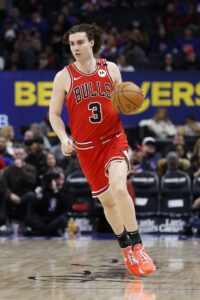 Josh Giddey: Four years, $100,000,000. Re-signed using Bird rights.
Josh Giddey: Four years, $100,000,000. Re-signed using Bird rights.- Tre Jones: Three years, $24,000,000. Third-year team option. Re-signed using Bird rights.
- Caleb Grill: One year, minimum salary. Non-guaranteed (Exhibit 10). Signed using minimum salary exception.
- Note: Grill has since been waived.
- Mouhamadou Gueye: One year, minimum salary. Non-guaranteed (Exhibit 10). Signed using minimum salary exception.
- Wooga Poplar: One year, minimum salary. Non-guaranteed (Exhibit 10). Signed using minimum salary exception.
- Note: Poplar has since been waived.
Trades
- Acquired the draft rights to Lachlan Olbrich (No. 55 pick) in the 2025 draft and cash ($2.5MM) from the Lakers in exchange for the draft rights to Rocco Zikarsky (No. 45 pick).
- Acquired Isaac Okoro from the Cavaliers in exchange for Lonzo Ball.
Draft picks
- 1-12: Noa Essengue
- Signed to rookie scale contract (four years, $25,333,943).
- 2-55: Lachlan Olbrich
- Signed to two-way contract.
Two-way signings
- Yuki Kawamura
- One year, $85,300 partial guarantee.
- Emanuel Miller
- One year, $85,300 partial guarantee.
- Lachlan Olbrich
- One year, $85,300 partial guarantee.
Departed/unsigned free agents
- Talen Horton-Tucker (Fenerbahce)
- E.J. Liddell (Nets)
Other roster moves
- Waived Jahmir Young (two-way contract).
Salary cap situation
- Operating over the cap ($154.6MM) and below the luxury tax line ($187.9MM).
- Carrying approximately $174.3MM in salary.
- Hard-capped at $195,945,000.
- Full non-taxpayer mid-level exception ($14,104,000) available.
- Full bi-annual exception ($5,134,000) available.
- One traded player exception available (worth $6,186,573).
The offseason so far
The Bulls underwent some major roster changes during the 2024 offseason, when they sent Alex Caruso to Oklahoma City and signed-and-traded DeMar DeRozan to Sacramento, and at the 2025 trade deadline, when they completed a three-team blockbuster that send Zach LaVine to the Kings and returned veterans Tre Jones, Kevin Huerter, and Zach Collins, along with complete control of the team’s 2025 first-round pick.
As a result of all that activity in the previous 12 months, the 2025 offseason was relatively quiet by comparison. With many of the club’s highest-paid players – Huerter, Collins, Nikola Vucevic, Coby White, Ayo Dosunmu, and Jevon Carter – on expiring contracts in 2025/26, Chicago could have been very active on the trade market, seeking new homes for those guys while potentially taking on some multiyear deals.
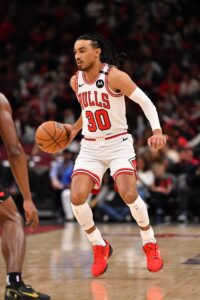 Instead, the Bulls hung onto all six of those players, and while they did add some multiyear money to their cap in free agency and on the trade market, the primary order of business this summer was keeping the current roster intact by re-signing their own free agents.
Instead, the Bulls hung onto all six of those players, and while they did add some multiyear money to their cap in free agency and on the trade market, the primary order of business this summer was keeping the current roster intact by re-signing their own free agents.
That effort began during the first few hours of free agency on June 30, when the Bulls struck a deal to re-sign Jones to a three-year, $24MM contract that includes a third-year team option. Bulls head coach Billy Donovan repeatedly lauded the veteran point guard during the final months of last season for his high basketball IQ and his knack for making winning plays, so it didn’t come as a huge surprise that the front office made it a priority to re-sign him at a price that makes sense for a backup point guard.
The Bulls’ other top free agent was also a point guard, but it took much longer for the club to reach an agreement with Josh Giddey, one of four restricted free agents whose standoffs extended well into September. Giddey reportedly came into the summer seeking a $30MM annual salary, while the Bulls initially wanted to do a deal in the neighborhood of $20MM per year. The two sides eventually compromised right in the middle — Giddey signed a four-year, $100MM contract that is fully guaranteed, with no incentives or options, and features a flat structure, with annual cap hits of $25MM.
While it’s a little more than the Bulls wanted to pay, it looks like a pretty good deal for the team. Among NBA starting point guards, Giddey’s $25MM annual salary is on the low end, and he should be entering his prime during the next four years, which will be his age 23-to-26 seasons. The former sixth overall pick hit his stride after Chicago traded LaVine in February, averaging 21.2 points, 10.7 rebounds, 9.3 assists, and 1.5 steals per game with a .500/.457/.809 shooting line after the All-Star break.
With Giddey and Jones back under contract, the Bulls were going to have a major logjam in the backcourt, with White, Dosunmu, and Lonzo Ball also expected to play rotation roles and Carter buried on the depth chart. Rather than bringing them all back, Chicago made an effort to balance its rotation a little by trading Ball straight up to the Cavaliers for Isaac Okoro.
Drafted one spot after No. 4 overall pick Patrick Williams in 2020, Okoro – like Williams – hasn’t developed into an impact wing during his first five years in the NBA. But he has shown the ability to be an effective three-and-D rotation player, knocking down at least 36.3% of his outside shots during each of the past three seasons while handling tough defensive assignments in Cleveland.
Okoro has two guaranteed years left on his contract, while Ball’s deal includes a team option for 2026/27, so the trade represented a rare instance of the Bulls cutting into their flexibility for next summer. However, the team still has more than $90MM in expiring player salaries coming off the books in 2026, so the front office will have the ability to go in a number of different directions with the roster at February’s trade deadline and/or next offseason.
Besides Okoro, the one notable newcomer to the roster is 12th overall pick Noa Essengue, an athletic, versatile forward who will be one of the NBA’s youngest players this season — he won’t turn 19 until December. As such, it’s probably not realistic to expect much from Essengue as a rookie, but if he shows some promise and 2024 lottery pick Matas Buzelis continues to make positive strides, the Bulls could have a couple solid building blocks at forward.
Up next
After officially re-signing Giddey last week, the Bulls are at 15 players on guaranteed contracts. They’ve also filled all three of their two-way slots. That doesn’t mean those 18 players are all assured of spots on the opening night roster. Two-way deals, in particular, can be fleeting, since the guaranteed money is so modest and doesn’t count against the cap at all, and there are plenty of trade candidates on the standard roster.
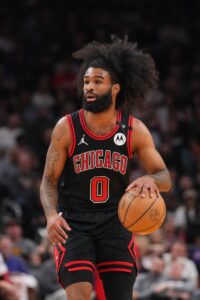 Still, I wouldn’t anticipate major changes to the current group during the preseason. The Bulls are more likely to focus on possible extension candidates, with White, Dosunmu, Vucevic, and Dalen Terry among the many players eligible.
Still, I wouldn’t anticipate major changes to the current group during the preseason. The Bulls are more likely to focus on possible extension candidates, with White, Dosunmu, Vucevic, and Dalen Terry among the many players eligible.
White, who averaged a career-high 20.4 points per game last season and thrived alongside Giddey following the LaVine trade, would be the Bulls’ top extension candidate, but the team is limited to offering him a deal that maxes out at approximately $87MM over four years. He’ll be seeking a more lucrative payday and has reportedly informed the team he doesn’t plan to sign a new contract until he reaches free agency, at which point his maximum contract would increase substantially.
Vucevic also probably isn’t a realistic candidate for a new contract. Many Bulls fans likely expected him to be traded by now, which could still happen by February 5, but even if he plays out the season with the team, the center’s days in Chicago appear numbered.
Terry played a more consistent role in 2024/25, but it doesn’t feel as if he’s shown enough in his first three NBA seasons to warrant a commitment from the team a year ahead of his free agency. Unless he takes another real step forward in ’25/26, he’s at risk of not getting a qualifying offer next summer to make him a restricted free agent.
Huerter and Collins are among the Bulls’ other extension-eligible players, but to me, Dosunmu looks like the only one with a real chance to sign a new contract before opening night. Like White, he faces a limit of about $87MM over four years, but his next deal figures to come in well below that. While he’s a solid defender, Dosunmu is more of a complementary piece on offense, having set career highs with 12.3 points and 4.5 assists per game this past season.
With Giddey and Jones back on multiyear contracts and a potential deal for White on the horizon next July, you could make a case that Dosunmu is more of a luxury than a necessity for the Bulls. But he’s a Chicago native who has been one of this front office’s better draft finds, and locking him up to an extension would give the team some insurance in the event that White doesn’t stick around beyond this season. Dosunmu will be extension-eligible all season long, so there’s no urgency to get something done in the coming weeks, but it wouldn’t surprise me if the two sides begin to discuss a potential deal.
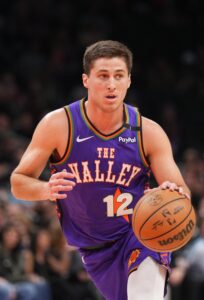
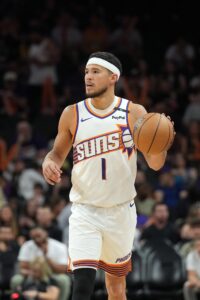 The Suns fell short of expectations in 2023/24, their first season with
The Suns fell short of expectations in 2023/24, their first season with 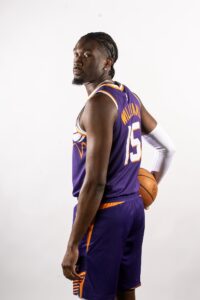 Because he’s a free agent signing whose minimum-salary contract is subject to
Because he’s a free agent signing whose minimum-salary contract is subject to 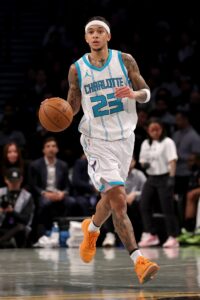
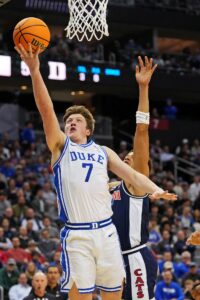 Let’s start with the draft, where the Hornets made four picks in the top 34 and subsequently signed all four players to standard contracts. With the No. 4 overall selection, Charlotte took the relatively safe route by adding Duke sharpshooter
Let’s start with the draft, where the Hornets made four picks in the top 34 and subsequently signed all four players to standard contracts. With the No. 4 overall selection, Charlotte took the relatively safe route by adding Duke sharpshooter 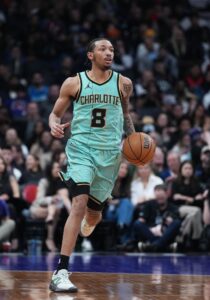 Even after waiving
Even after waiving 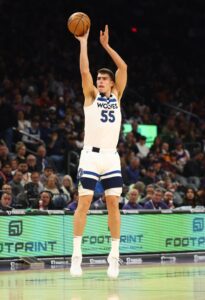
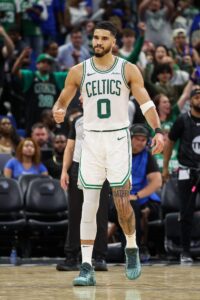 But the Celtics’ path to a second straight championship hit a serious snag in the Eastern Conference semifinals when they blew back-to-back 20-point leads at home to the Knicks, then lost star forward
But the Celtics’ path to a second straight championship hit a serious snag in the Eastern Conference semifinals when they blew back-to-back 20-point leads at home to the Knicks, then lost star forward 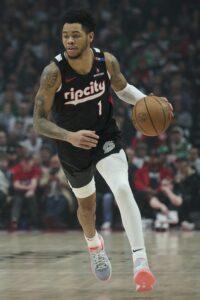
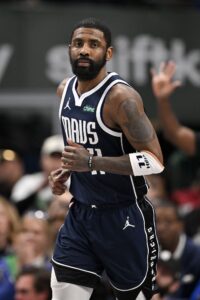
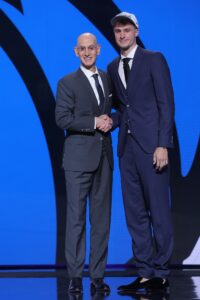 A not-insignificant number of Mavs supporters appeared ready to give up on the team after the front office traded perennial MVP candidate
A not-insignificant number of Mavs supporters appeared ready to give up on the team after the front office traded perennial MVP candidate 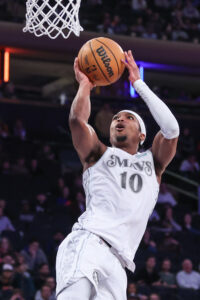 With little room to maneuver below their hard cap, the Mavericks will likely enter the regular season with their current 15-man standard roster. Outside of making a trade, the only option they would have to create some additional flexibility would be to waive Williams, whose minimum-salary contract is only partially guaranteed for $200K for now.
With little room to maneuver below their hard cap, the Mavericks will likely enter the regular season with their current 15-man standard roster. Outside of making a trade, the only option they would have to create some additional flexibility would be to waive Williams, whose minimum-salary contract is only partially guaranteed for $200K for now.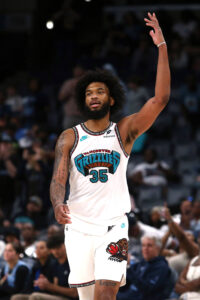
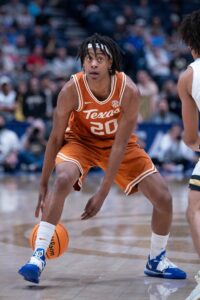 While that Wall/Westbrook trade may feel like ancient history, the traded pick involved in the deal continues to loom large over the franchise. It’s a big reason why the majority of the Wizards’ moves this summer weren’t about adding win-now help, but were instead about creating financial flexibility, taking fliers on former first-round picks, or continuing to accumulate future draft assets. Washington made four trades this offseason and each of them falls into one or more of those three categories.
While that Wall/Westbrook trade may feel like ancient history, the traded pick involved in the deal continues to loom large over the franchise. It’s a big reason why the majority of the Wizards’ moves this summer weren’t about adding win-now help, but were instead about creating financial flexibility, taking fliers on former first-round picks, or continuing to accumulate future draft assets. Washington made four trades this offseason and each of them falls into one or more of those three categories.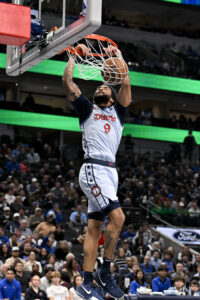 It’s also not clear if Jones, who was acquired in that aforementioned trade with the Thunder, is someone Washington actually likes or if the front office just made the deal for the second-round pick that was attached to him. He looks like another potential release candidate.
It’s also not clear if Jones, who was acquired in that aforementioned trade with the Thunder, is someone Washington actually likes or if the front office just made the deal for the second-round pick that was attached to him. He looks like another potential release candidate.